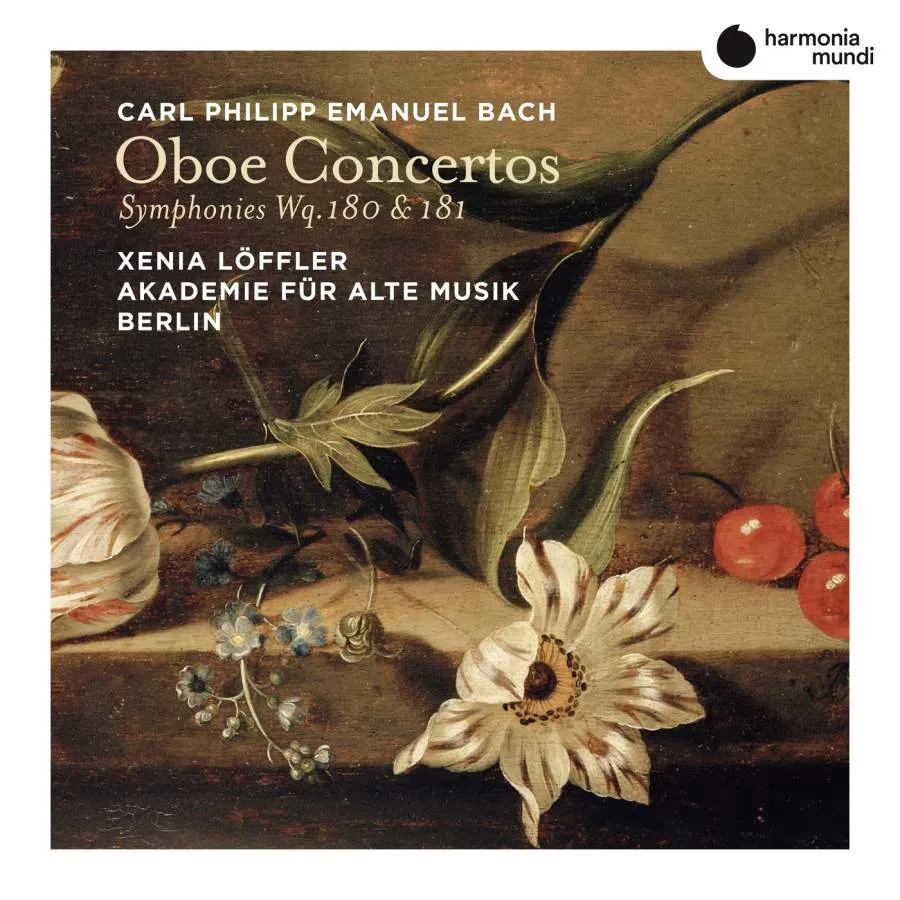
CPE Bach Oboe Concerto in E flat, Wq. 165; Oboe Concerto in B flat, Wq. 164; Symphony in G, Wq. 180; Symphony in F, Wq. 181 Xenia Loeffler (oboe); Akademie für Alte Musik Berlin/Georg Kallweit Harmonia Mundi HMM 902601 63:12 mins
All the music recorded on this disc was composed in the late 1750s and early 1760s when Carl Philipp Emanuel Bach (1714-88), fifth child and second surviving son of the great Johann Sebastian Bach, was court harpsichordist to the royal household of Frederick the Great. The oboe concertos, both of which exist in probably earlier versions for harpsichord and strings (Wq. 39 & 40), are scored with strings and continuo, while the symphonies further introduce pairs of horns, oboes and, in the case of the G major Symphony, two flutes in addition to the standard strings and continuo.
The oboe concertos are melodically appealing works which include hints, sometimes quite strong, of CPE Bach’s distinctive personal style, which was to flower fully in the Hamburg years following his self-confessed artistic straight-jacket environment at Frederick’s court. Xenia Loeffler is one of the most accomplished Baroque oboists around and her performances never disappoint my ears. Her easy virtuosity in outer movements and expressive delicacy in the centrally-placed slow ones are a constant source of pleasure, as is the sharply defined accompaniment of the Akademie für Alte Musik, Berlin. Just occasionally, perhaps, and especially in faster movements, I felt that the orchestra ironed out the composer’s delicious quirkiness, but readers may disagree with me.
The symphonies, on the other hand, spring to life in the hands of these players. Their supple rhythmic responses serve the music admirably, as for instance in the robust conclusion of the G major work, and the recorded sound conveys all the colour of Bach’s deft orchestration.
Bach’s relations with Frederick may have been uneasy, but they did not stifle his creativity, as the music in this programme fulsomely demonstrates.
Nicholas Anderson